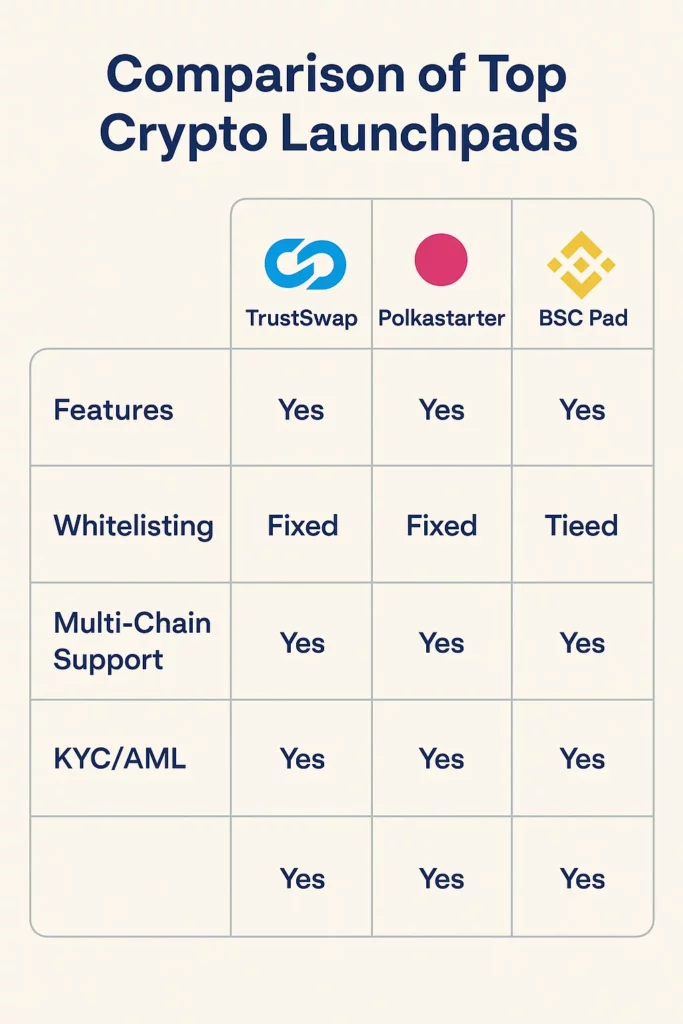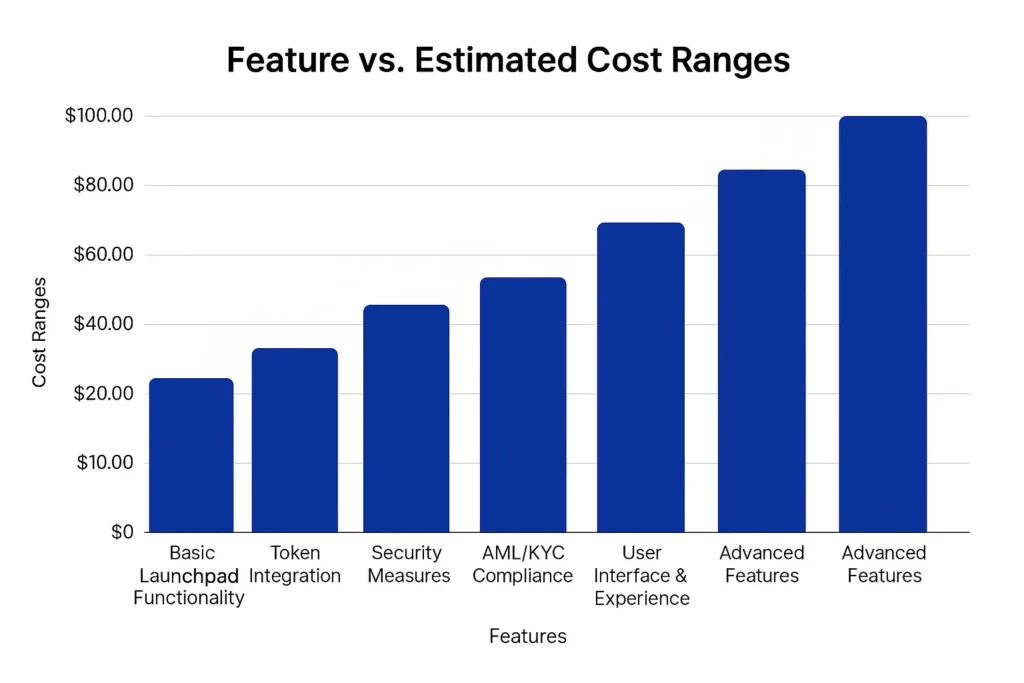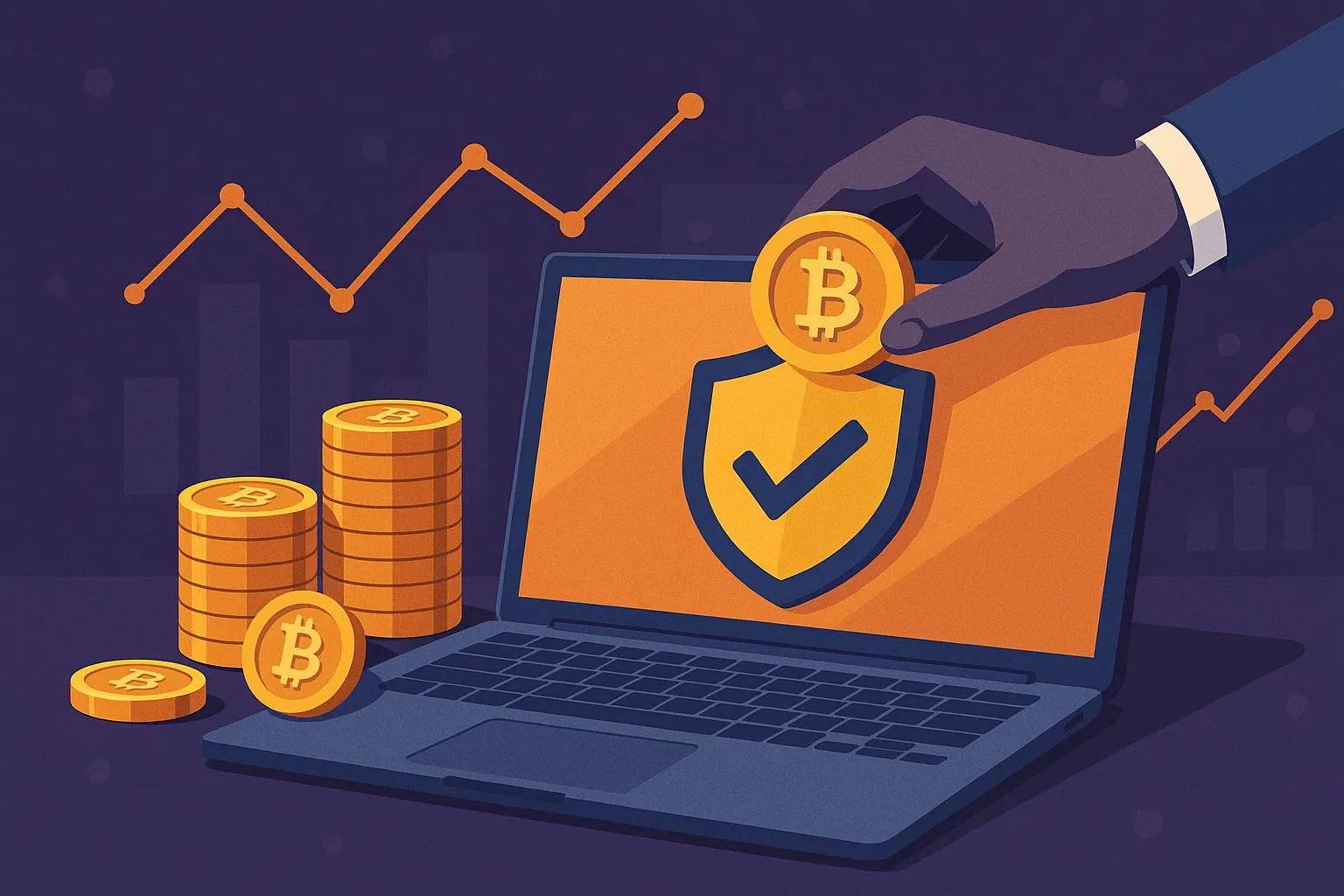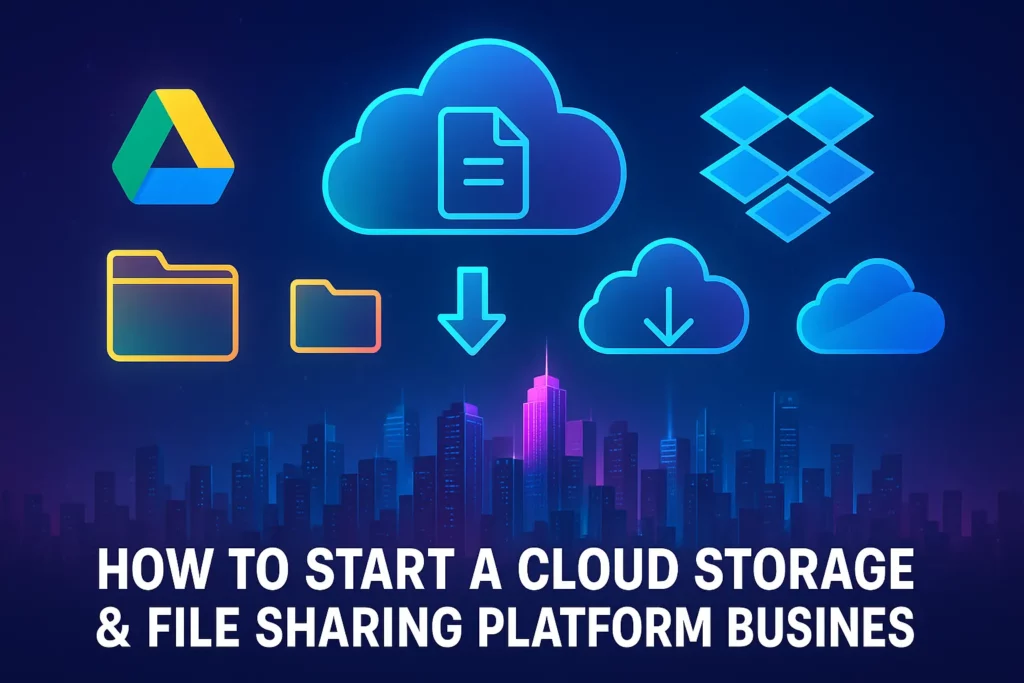If you’re a founder, creator, or scrappy startup dreaming about your own crypto launchpad, you’re not alone. The Web3 revolution is pulling in dreamers and builders by the dozen, all eager to create the next big platform for token sales and decentralized fundraising. But as your vision grows, so does the nagging question: How much will it actually cost to build this thing in 2025?
Here’s the brutal truth: It’s no longer 2021, when a couple of devs and a shoestring budget could get you a basic launchpad up and running. In today’s market, users expect slick UI, bulletproof security, compliance features, and integrations with wallets like MetaMask and Trust Wallet. If you cut corners, your platform won’t just look like a low-budget project—it’ll feel like one, and that’s a recipe for fading into the crypto graveyard.
But don’t sweat it. In this guide, we’ll break down exactly what’s driving the costs of crypto launchpad development in 2025—no fluff, just real talk. By the end, you’ll know what to budget, where you can (and can’t) save, and how Miracuves can help you build a launchpad that’s ready to scale, without draining your wallet.
What is a Crypto Launchpad, Really?
Before we get into numbers, let’s make sure we’re on the same page. A crypto launchpad is like the red carpet for new blockchain projects—it’s where early adopters get first dibs on tokens before they hit the big exchanges. Think of it as a crowdfunding platform, but for crypto projects instead of gadgets or games.
Launchpads like TrustSwap, Polkastarter, and BSC Pad have made waves in the space, offering features like whitelisting, staking mechanisms, and tiered access for investors. They’ve set the bar high, and users now expect seamless user flows, KYC/AML compliance, anti-bot protections, and multi-chain support.

The Core Cost Drivers of a Crypto Launchpad in 2025
Features That Make or Break a Launchpad
Let’s get one thing straight: The more complex your launchpad, the higher the cost. A basic launchpad that just lets users participate in token sales is vastly different from a full-fledged platform with:
- Tiered staking models
- Wallet integrations (MetaMask, Coinbase Wallet)
- KYC/AML compliance modules
- Multi-chain support (Ethereum, Binance Smart Chain, Solana)
- Admin dashboards and analytics
- Anti-whale mechanisms
Each of these features adds development hours, testing, and maintenance costs. A no-frills MVP might cost you $30,000–$50,000, but if you’re going all-in with multi-chain support, robust security, and a slick UI, you’re looking at $100,000+.

The Tech Stack Tally
Your choice of tech stack—think Solidity, Rust, Node.js, React, TypeScript—impacts not just the build, but also long-term maintenance. A Web3-heavy stack means you’ll need blockchain devs who aren’t exactly lining up for minimum wage gigs.
Smart contract audits? Those will set you back a few thousand per contract, depending on complexity. And let’s not forget security testing, which isn’t optional when you’re handling millions in transactions.
Compliance & Legal Costs
In 2025, the regulatory landscape is a moving target. Whether you’re launching in the US, EU, or Asia, you’ll need to navigate compliance—KYC/AML requirements, investor accreditation, and sometimes even SEC registration.
Expect to budget $5,000–$20,000+ just for legal consultations and compliance integration. Skip this step, and you risk your platform getting shut down before your first IDO goes live.
Design, UX, and Branding: The Secret Sauce
Let’s be real: Even the best launchpad idea will flop if the design looks like it’s stuck in the 2018 bear market. Users expect clean UI, fast load times, and intuitive flows.
Custom design, motion graphics, dark/light themes? That’s another $5,000–$15,000 on your tab. Don’t skip it. Your users will notice.
Ongoing Maintenance & Scaling Costs
Here’s the part no one talks about: Building your launchpad is just the start. You’ll need a team for:
- Bug fixes
- Feature upgrades (Think AI integration, social logins)
- Server scaling (AWS, Azure, or decentralized storage solutions)
- Community management & support
This can easily run $3,000–$7,000/month. Think of it as your platform’s “rent”—you can’t just pay once and forget about it.
So… How Much Should You Budget in 2025?
Here’s the ballpark:
| Crypto Launchpad Tier | Estimated Cost (USD) |
| MVP / Basic | $30,000–$50,000 |
| Mid-Range | $50,000–$80,000 |
| High-End (Full Features) | $100,000–$150,000+ |
These aren’t just arbitrary numbers—they reflect the real-world costs of Web3 development, compliance, and scaling.
Final Thoughts
Building a crypto launchpad in 2025 is a bold move—but it’s one that can pay off big if you do it right. The key is knowing where to invest and where to hold back. Don’t skimp on security or compliance, and remember that design isn’t just lipstick—it’s part of the product.
At Miracuves, we help innovators launch high-performance app clones that are fast, scalable, and monetization-ready. Ready to turn your idea into reality? Let’s build together.
FAQs
Q1: What is the biggest cost driver in crypto launchpad development?
Typically, it’s the feature set and blockchain integration—especially multi-chain support, smart contract development, and security audits.
Q2: Can I build a launchpad for under $20,000?
Realistically, no. You might build a very basic prototype for $20k, but it won’t meet user expectations or compliance standards in 2025.
Q3: Do I need to hire blockchain developers?
Absolutely. Web3 development is a specialized field, and you’ll need experienced devs for smart contracts, blockchain integration, and security.
Q4: How long does it take to develop a launchpad?
It can take anywhere from 3 to 6 months, depending on complexity, team size, and feedback cycles.
Q5: Are there off-the-shelf solutions I can use?
Some platforms offer white-label solutions, but they often lack the flexibility and scalability of custom-built launchpads.
Q6: Does Miracuves offer crypto launchpad development services?
Yes! We specialize in building app clones and Web3 solutions tailored to your vision. Let’s connect and see how we can help.







